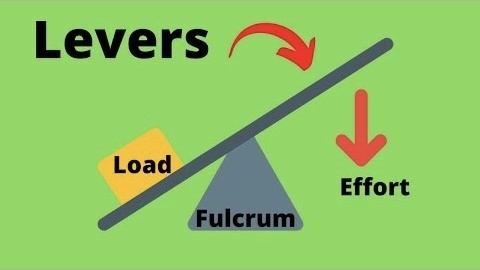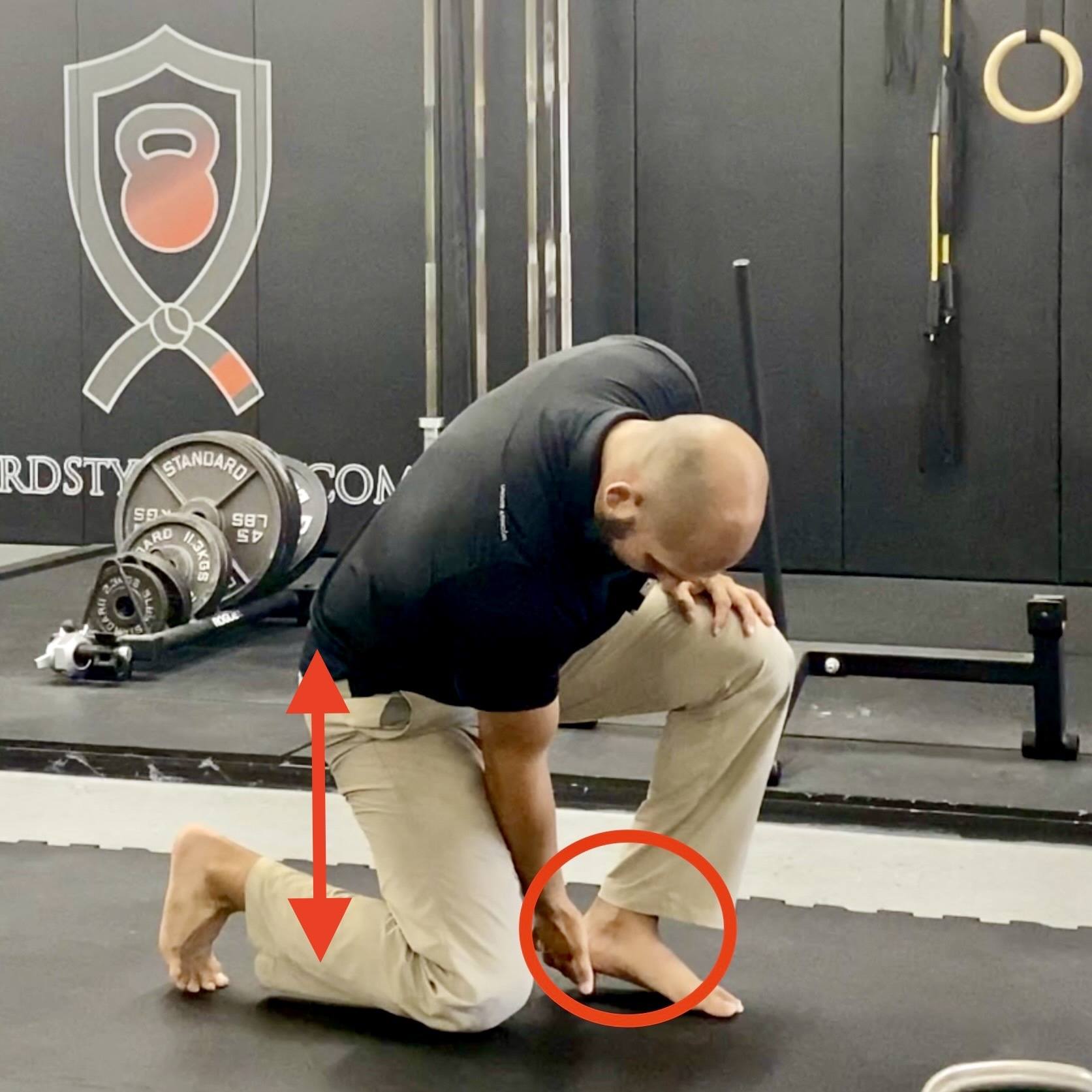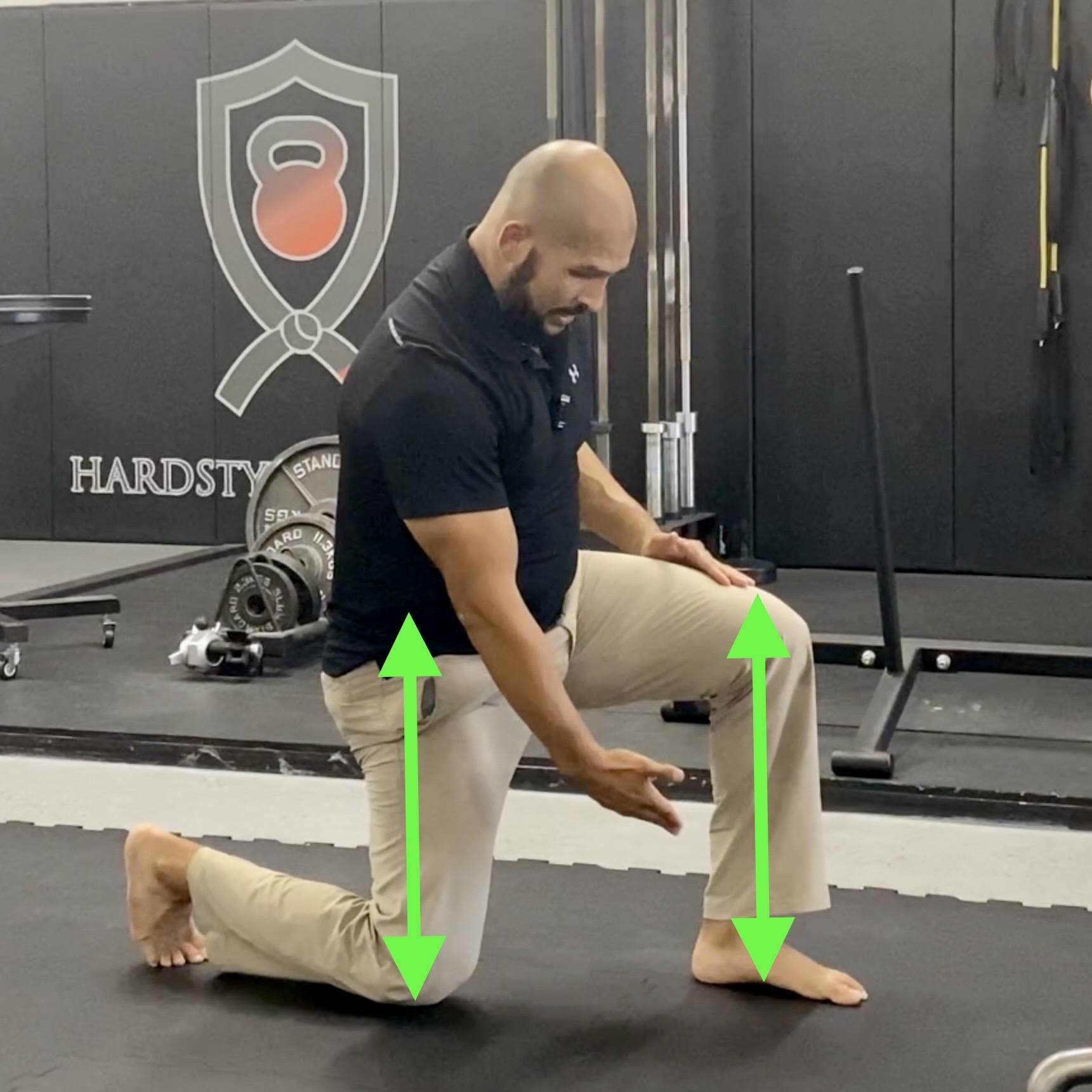5 Mistakes You’re Making with the Turkish Getup
In this post… I’ll pull back the curtain on the 5 common mistakes I’ve made with the Turkish Getup—also known simply as, "the Getup." You may even be making the exact same mistakes? Let's find out...
The last 21+ years I've had the privilege of training Brazilian Jiu-Jitsu and through this journey of self-development (and self-mastery) I've gained and new appreciation for movement and the way of strength.
A new perspective...
I’ll be forever grateful to Aurelio Gallegos—my first Jiu-Jitsu coach—for introducing me to such a beautiful art and way of life. In this time I’ve been able to leverage my knowledge on the mat to look at strength/movement through "Jiu-Jitsu eyes."
And look at Jiu-Jitsu through "strength training eyes."
I fully believe this has been the secret to my success/longevity on the mat—and in the weight room. It’s how I’ve been able to train—and push hard on the mat with the young bucks—and build a 290kg deadlift without injury.
Everything I’ve ever did in the weight room was focused on getting an unfair advantage on the mat. And I’ve tried everything.
- Swimming.
- Running/Sprints.
- Became a Yoga teacher.
- Traditional bodybuilding splits.
- High intensity interval training (HIIT).
You name it.
I even experimented with anabolic steroids—I’m not proud of it but I’ve gotta be honest with ya. As a 25/26 year old… you tend to do stupid shit. Especially when it comes to competition.
After everything I tried...
... something was still "missing."
In fact... many things were missing. And at the perfect time—with God’s providence—I found the mighty kettlebell. Along with a particular exercise many of us have come to love.
The Getup
(An inch wide and mile deep exercise)
The simplicity of the getup is what makes it powerful. And simplicity = repeatability.
The Getup covers 7 — or more — essential movement patterns: roll, sit, crossing midline, rotation, hinge, lunge/gait, standing. It’s shallow enough for a beginner to come and drink without the fear of drowning—i.e., injuring themselves.
Yet deep enough for an advanced strength enthusiast to swim without ever reaching the bottom. I’ve shared this many times on this blog but it’s worth repeating.
Jiu-Jitsu, strength training (and even the Getup) are based on 2 principles:
- Posture
- Positioning
These form the base and foundation on which your strength training—and Jiu-Jitsu game—are built. Let’s take a closer look at these through the lens of the…
Perpetual Progress Pyramid

Step #1 for perpetual progress: A better and stronger posture.
Which means eliminating nagging aches, pains, and movement viruses. The stronger your posture is the stronger and better your position will be and the better your positioning is.
Step #2 for perpetual progress: Establish a better position for maximum leverage.
The more leverage you have over your opponent... or the weight you’re about to lift... the more efficient you'll be with your energy (which means you'll lift more weight... and be able to move bigger opponents).
Step #3: (and the end result): Effective execution.
This’s one of the first lessons I learned from my teacher Aurelio. "Position before submission." The effectiveness—or lack thereof—of your submission or lift is a direct consequence of your positioning.
Poor posture = poor positioning = poor execution.
The TGU is posture, positioning, leverage, and execution personified. It's where Jiu-Jitsu and strength training meet. To quote my friend, colleague, and mentor Dr. John Shireman.
"There is nowhere to hide in the Getup"
If you have a limitation… the Getup magnifies it.
If there’s a mobility/posture limitation—as a result of movement viruses—the chances of you getting into a good position to get the most leverage over the bell to get from supine to standing.
Is slim to none.
If there’s a strength limitation… again. The Getup magnifies it.
And that’s what this post is about.
To help you improve your getup and build a foundation through better posture and positioning by identifying the...
5 Mistakes You’re Making with the Turkish Getup


"Can you do me a solid? If you're liking the videos... mind subscribing to my YouTube Channel? I promise they'll help ya become a more balanced strongman!"
hec g.
Common Kettlebell Mistake #1:
The Setup
"The setup is your first rep."
~ Master SFG Fabio Zonin.
When the set up for your getup is off… so goes your posture and positioning.
Randomly placing your arm "out to the side" at a 90˚ angle leaves ZERO support for your shoulder. Remember what I said on the 3rd common mistake for the squat?
Take a look at the shoulder position here. There is nothing supporting it. Would you be willing to support a 48kg kettlebell on a structure like this?

Rushing your setup and not aligning the shoulder and elbow.
Say "NO."
Pleeeease say "NO!"
You need a repeatable setup so you can get into the best position and gain the most leverage over the bell.
August of 2016 I was teaching a level 1 SFG in Salt Lake City (My first one as a Team Leader).
During one of our warmup sessions -- after the getup lecture. I watched one of the candidates on my team taking this pretty cool approach to setting up.
I noticed it allowed him to set up in the same position. Getup after get up. Every time he setup this way...
He was in perfect position after the roll to the elbow–with his elbow supporting his shoulder.
The one particular piece which fails most candidates at the SFG level 1.

Use the free hand on your hip. Then extend your arm parallel to your leg. Aligning the shoulder and elbow.
Common Kettlebell Mistake #2: Missing the Sweep
In 2009 I was trying to overcome a left medical meniscal tear.
... and pretty much the only thing I could do (when it comes to training) was stretching, walking, and mobility work.
Which is when I was introduced to Yoga. It helped me maintain strength, mobility, and endurance while recovering.
The corner stone of Yoga is breath and alignment. Replace alignment with posture and positioning.
And this is the second mistake people make in the Getup.

Not aligning the hand, foot, and knee by under or overshooting the sweep to half kneeling windmill.
Missing the sweep.
Either by over sweeping the leg. Or under sweeping the leg.
To gain the most leverage over the bell. Align the down hand, knee and foot.
Why?
It puts your hip in the best position to hinge at the hip. Which leads me to...

Proper setup allows for proper alignment of the hand, foot, and knee. Giving your better support.
Common Kettlebell Mistake #3:
Not Getting Under the Bell
I've been trying to build a bigger deadlift since 2013. And a big "ah-ha" moment from me was when I switched to sumo so I could get my hips closer to the bar.
To build a bigger deadlift, press a heavier bell, or sweep a guy 50+ pounds heavier than you.
... you need to maximize your leverage.
By getting your center of mass as close to the object you're trying to lift/move as possible.
And this is where things fall apart in the Getup. Not getting under the bell.

Losing leverage and not getting your weight under the kettlebell.
"... Give me a lever long enough and a fulcrum on which to place it, and I shall move the world." ~ Archimedes

Your hips (i.e., center of mass) represent the fulcrum.
The closer the fulcrum is to the load... the move leverage you have... which means a stronger and more efficient Getup (deadlift, press, etc.)
Focus on aligning the hand, foot and knee allows you to... access a deeper hip hinge. Getting your center of mass directly under the bell.
Giving you the most leverage and full control over the movement. This is crucial the heavier the bell gets. The bigger the bell the more leverage you'll need.

Deep hip hinge and getting maximum leverage over the bell.
Common Kettlebell Mistake #4:
Not Aligning the Hips
"Slow down to go fast.'
"Slow is smooth. Smooth is fast."
I often see people rush the Getup. Especially once they get to the lunge position (Not sure what the hurry is).
Take your time.
I believe it was Brett Jones who said, "there's never a reason to be out of position in the Getup."
And this is common kettlebell mistake #4... rushing the Getup, and not aligning the hips.

Hip hiking and not aligning your leg on "railroad tracks."
... and trying to initiate the lunge from a "hip hike." Perhaps you notice you CAN'T align the hips. Which brings more value to the Getup as great "assessment" tool.
Setting a baseline for where you're at.
Think about this pattern for a second. What kind of stance is this? An asymmetrical stance, right? And as you ascend to standing...
... it transitions to a single leg stance. So if you can't align the hips in a closed chain pattern (I.e., your feet are fixed and can't move). How can you keep your hips aligned in an open chain pattern (e.g., single leg movements)?
If your hips are hiking and can't maintain alignment... this is the same platform you're trying to run and sprint from.
Back up a step and work through the patterns using only your body weight.
And assess if you can stack your hips.
Envision running a rod from one hip to the other... would they connect?
Are your feet on "railroad tracks?" Take you time and establish this position prior to standing.

Align and level the hips before the "lunge to standing."
Common Kettlebell Mistake #5:
Not Giving Yourself Enough Room
If you're planning to attend the SFG 1 certification pay close attention.
This one bites many attendees in the butt on test day. There are 4 transitions in the Getup where the foot must remain in contact with the floor.
1.) During the low sweep (see mistake #2).
2.) During the lunge to standing.
3.) During the reverse lunge.
4.) And the transition from windmill back to tall sit.

Not giving yourself enough room during the reverse lunge.
Violating these during the Getup is a result of not giving yourself enough room on the way up and especially on the way down (stemming from a shallow reverse lunge).
Again... slow down and practice the reverse lunge with your bodyweight first.
Step back further and give yourself space. You want to achieved a 90/90º position with the front and back leg.
Then be mindful of your hips. Are they stacked and are your feet aligned on railroad tracks?
Not only is this important if you wanna pass the level 1 SFG.
It's essential so you can possess complete control of the ascent and descent of the lunge.

Bigger step back during reverse lunge. Attaining a "90/90" position with the front and back leg.
And there you have it dude.
5 mistakes you're making with the Turkish Getup (i.e., the Getup) and how to improve them so you can build a stronger and more capable body and live life on your terms.
Let me know which of these work best for ya by leaving a comment below.
hec g..
Btw...
There are two options to consider if you're new to kettlebells or you're an experienced kettlebell'er looking to advance your skills.
Option #1: Record yourself doing the movements and try to figure the rest out on your own. Which can be a viable option. But will you even know what you're looking at/for? Likely not. Which brings me to...
Option #2: Follow the plans of a proven coach (Hey... that's ME!!) that has help over 1200 people become the strongest version of themselves with the kettlebell swing and getup.
Or.
Magic Option #3: Hire a coach (hey that's ME AGAIN!!) and leverage his experience so you can avoid unnecessary failures and get to your desired destination FASTER (and SAFER).

Brilliant TGU video. Thankyou.
Hey Brian… glad it was helpful man! Appreciate you watching and reading.
Hey Brian… I appreciate that man! Glad it helped you out. How long have you been training with bells?